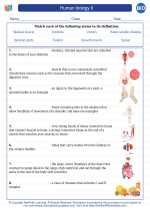Rotation in Biology
Rotation in biology refers to the circular movement of a body part around its own axis. In the context of biology, rotation is often associated with the movement of various anatomical structures within living organisms.
Examples of Rotation in Biology
1. Rotation of Planets: In the field of astrobiology, the rotation of planets, including the Earth, plays a crucial role in shaping their environments and influencing biological processes.
2. Rotation of Joints: Within the human body, certain joints such as the shoulder joint and hip joint allow for rotational movements. This type of movement enables activities like throwing a ball or rotating the arm.
3. Rotation of Flagella: In unicellular organisms like bacteria, rotation is involved in the movement of flagella, which are whip-like structures used for locomotion.
Study Guide for Rotation in Biology
Key Concepts:
- Definition of rotation in the context of biology
- Examples of rotational movements in living organisms
- Relationship between rotation and biological functions
Key Terms:
- Axial rotation: The rotation of a body part around its central axis.
- Planetary rotation: The spinning motion of a planet around its own axis.
- Joint rotation: The rotational movement occurring at specific joints in the body.
- Flagellar rotation: The rotation of flagella in unicellular organisms for movement.
Study Tips:
- Understand the different types of rotational movements and their significance in biological systems.
- Compare and contrast axial rotation in humans and planetary rotation in celestial bodies.
- Use visual aids and diagrams to comprehend the mechanisms of rotational movements at the molecular and macroscopic levels.
- Explore real-life examples and case studies related to rotational biology to deepen your understanding.
◂Biology Worksheets and Study Guides High School. Human biology II
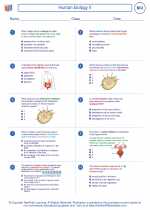
 Worksheet/Answer key
Worksheet/Answer key
 Worksheet/Answer key
Worksheet/Answer key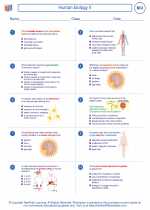
 Vocabulary/Answer key
Vocabulary/Answer key
 Vocabulary/Answer key
Vocabulary/Answer key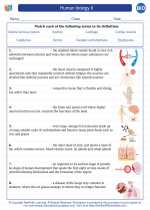
 Vocabulary/Answer key
Vocabulary/Answer key
 Vocabulary/Answer key
Vocabulary/Answer key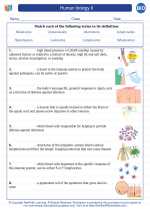
 Vocabulary/Answer key
Vocabulary/Answer key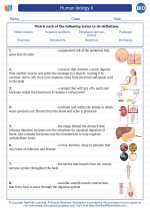
 Vocabulary/Answer key
Vocabulary/Answer key
 Vocabulary/Answer key
Vocabulary/Answer key